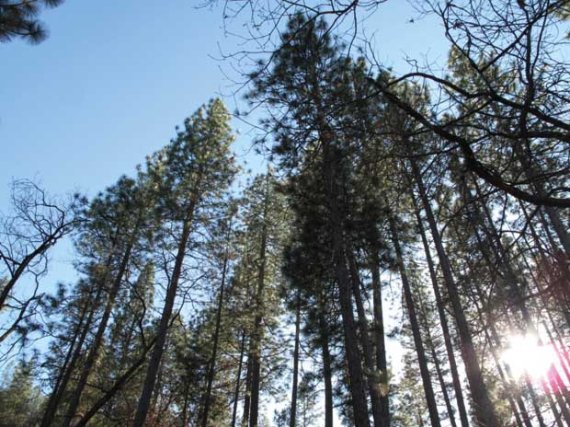David Douglas brought the fir that was to be named after him from North America to Europe nearly two centuries ago – in 1826 to be exact. It was a hit. Douglas firs account for six per cent of the total area of woodland in the Netherlands. Pascal Sauren, who has just received his degree in Forest and Nature Management, looked at which Douglas firs can cope best with climate change. In other words, which trees will be least affected by increased periods of drought, continuing to grow well and produce high-quality timber.
Drenthe
Sauren did his research in Drenthe. In the woods near Schoonoord there is an experimental plot consisting of Douglas firs planted in 1971, from various states along the west coast of America. Sauren studied firs from 18 different places of origin. He measured their growth and looked for relationships with the weather and the climate. According to Sauren, the Douglas firs generally behave the same here as in North America. ‘The trees from the north grow fastest. Those from the southern and central areas grow a bit less quickly but are better able to cope with drought.’ The latter effect is clear from how the trees responded to the extremely dry summer of 2003. ‘The trees that grow fastest are hit harder and take longer to recover.’
Winners
That gives a couple of clear winners according to Sauren’s scale: Douglas firs from Shelton (Washington) and Vernonia (Oregon). But he says that does not mean we should now replace all our Douglas firs immediately. ‘The droughts forecast for the Netherlands are not so bad that the firs would not be able to survive. But it may be different in other parts of Europe. Also, you don’t know what the forestry managers want: high levels of timber production, or woods that can cope with climate change.’ Sauren’s study won the Toekomstboom 2012 thesis prize, awarded by the Toekomstboom foundation and the Dutch and Flemish forestry associations KNBV and BOS+. He received 750 euros and a trophy.

